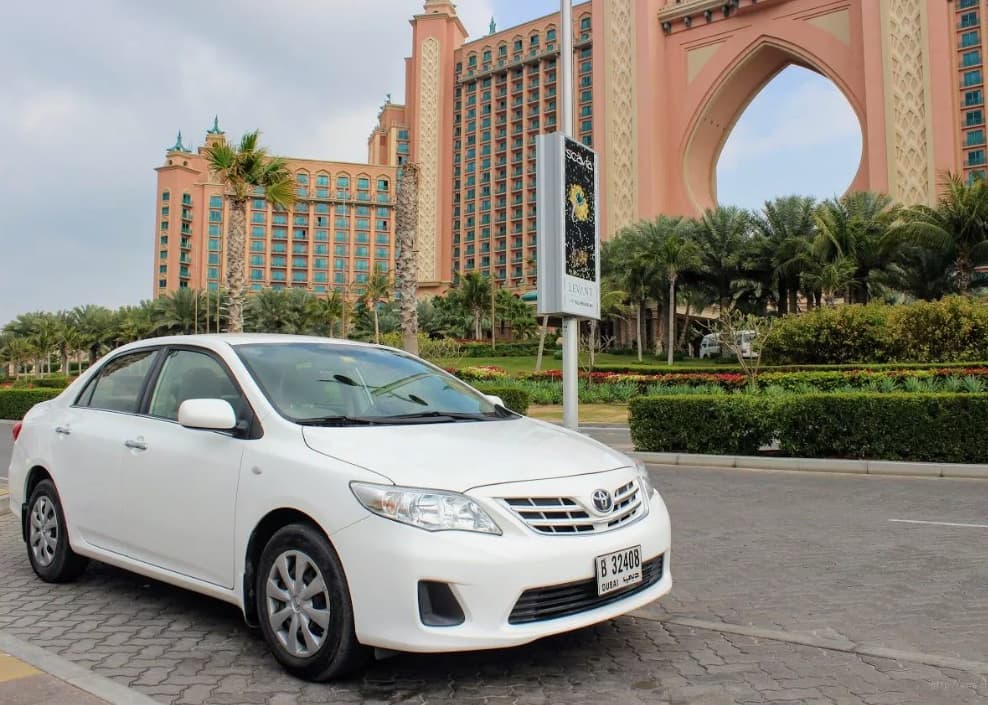Renting a car for a month is a straightforward process but requires some planning to get the best deal and ensure you have a suitable vehicle for your needs. Here’s a step-by-step guide to help you:
1. Determine Your Requirements
- Vehicle Type: Consider the type of car you need based on the number of passengers, luggage space, fuel efficiency, and any special requirements (e.g., SUV, sedan, compact car).
- Budget: Set a budget for the rental, keeping in mind that longer rentals often come with discounts.
- Insurance: Decide if you’ll need additional insurance or if your current policy/credit card covers rental insurance.
2. Research Rental Companies
- Major Companies: Look at major car rental companies like Hertz, Enterprise, Avis, Budget, and National. These companies often have better customer service and more locations.
- Local Companies: Sometimes, local or regional rental companies can offer competitive rates and personalized service.
- Comparison Websites: Use websites like Kayak, Expedia, or Rentalcars.com to compare prices from different rental companies.

3. Check for Discounts and Offers
- Monthly Rates: Many rental companies offer special rates for long-term rentals. Check their websites or call customer service to inquire about monthly rates.
- Membership Discounts: If you belong to any organizations (AAA, AARP, frequent flyer programs), check if they offer discounts.
- Credit Card Offers: Some credit cards offer rental car discounts or perks.
4. Make a Reservation
- Book Online: Most rental companies allow you to book online. Enter the pick-up and drop-off dates, and choose the car that fits your needs.
- Call for Special Arrangements: If you have any special requirements or need clarification, it might be helpful to call the rental company directly.
5. Review the Rental Agreement
- Mileage Limits: Check if there are any mileage limits and what the charges are for exceeding them.
- Fuel Policy: Understand the fuel policy – whether you need to return the car with a full tank or if there are pre-purchase fuel options.
- Insurance Options: Review the insurance options offered and decide if you need additional coverage.
6. Pick Up the Car
- Inspection: When you pick up the car, inspect it thoroughly for any pre-existing damage and make sure it’s noted in the rental agreement.
- Documentation: Ensure you have all necessary documents – your driver’s license, credit card, and rental agreement.
7. During the Rental Period
- Maintenance: Take care of the car as if it were your own. Some long-term rentals require periodic check-ins or maintenance, so be aware of any such requirements.
- Extend if Needed: If you need to extend the rental period, contact the rental company in advance to avoid higher rates or penalties.
8. Return the Car
- Inspection: Return the car in the same condition you received it. Allow time for a return inspection.
- Receipts: Get a final receipt and ensure there are no unexpected charges.
Additional Tips
- Read Reviews: Check online reviews of the rental company to gauge their service quality.
- Check for Hidden Fees: Be aware of any hidden fees like airport surcharges, additional driver fees, or young driver fees.
- Early Booking: Booking in advance can often secure better rates and availability.

By following these steps, you can successfully rent a car for a month and ensure a smooth experience.
Is it safe to ride a rental car in Dubai?
Yes, it’s generally safe to ride a rental car in Dubai, but it’s essential to keep certain factors in mind to ensure a smooth and secure driving experience:
- Traffic Laws: Dubai has strict traffic laws that are enforced rigorously. Always adhere to speed limits, traffic signals, and lane discipline to avoid fines or accidents.
- Road Conditions: Roads in Dubai are well-maintained and generally of high quality. However, be cautious of occasional roadworks and diversions, especially in highly developed areas where construction is ongoing.
- Driving Culture: Dubai has a diverse population, and its roads reflect this diversity. You’ll encounter drivers from various countries and cultures, each with different driving styles. Maintain defensive driving techniques and patience, especially during peak traffic hours.
- Pedestrians and Cyclists: Watch out for pedestrians and cyclists, especially in areas with heavy foot traffic or dedicated cycling lanes.
- Signage and Directions: Familiarize yourself with Dubai’s road signage and use GPS or navigation apps to navigate effectively, especially if you’re not familiar with the city’s layout.
- Parking: Be aware of parking regulations and designated parking areas. Illegally parked vehicles may be fined or towed.
- Emergency Assistance: Dubai’s emergency services are efficient and readily available. Memorize or save emergency contact numbers, including police (999), ambulance (998), and roadside assistance (provided by rental companies).
- Insurance and Documentation: Ensure that you have valid rental car insurance and carry all necessary documentation, including your driver’s license, passport, and rental agreement, whenever you’re driving.
- Avoid Alcohol: It’s illegal to drink and drive in Dubai. The UAE has strict laws regarding alcohol consumption and driving under the influence.
- Vehicle Maintenance: Before driving, conduct a basic inspection of the rental car to ensure that it’s in good condition. Check tire pressure, fuel levels, lights, and brakes.
By following these guidelines and driving responsibly, you can safely enjoy exploring Dubai and its surroundings in a rental car. If you’re unsure about any aspect of driving in Dubai, don’t hesitate to ask the rental company for advice or assistance.



